Key Things to Know About Poker Buy-Ins
Poker is a challenging casino game that involves strategy and careful decision-making. It typically involves several people competing against one another to win the pot, which is the prize pool. In this post, we’re looking at a key part of the game: the buy-in.
Introducing the Poker Buy-In
Poker is a card-comparing game that has many different variants. What they have in common is that they consist of multiple betting rounds where you try to convince opponents you have a better hand than they do.
Because of the strategy involved and the high win potential, poker attracts many players. It’s widely played in land-based casinos, and the best poker sites offer many opportunities to play the game online.
Poker games have all sorts of features and particularities. One of the most important of these is the buy-in. It’s an essential part of poker, though as we’ll explain below, it doesn’t necessarily have a great impact on the game.
What Is a Buy-In in Poker?
In poker, the buy-in is the fee that you pay to take part in an individual game or a tournament. Paying the buy-in gives you a place in the game or tournament.
If it’s a cash game you’re playing, the buy-in is a minimum amount. If it’s $10, for example, you can pay this exact amount or greater; it’s entirely up to you.
For tournaments, the buy-in is the same amount for everyone. This makes everyone equal and ensures that no player has any sort of advantage from paying more than others.
The buy-in money funds the pot. The more players there are and the greater the buy-in, the bigger the winner’s cash prize. A small portion of the buy-in goes to the house to cover costs; this is the ‘rake’.
Generally speaking, the more challenging the game and the more experienced and wealthy the players, the greater the buy-in should be. Professional, top-tier games can charge players hundreds or even thousands of dollars to play.
For example, the poker tournament with the world’s largest buy-in of $1 million is Big One for One Drop. It’s a philanthropic tournament held every two years and was developed in partnership with World Series of Poker.
The Importance of Buy-Ins
Before you start playing poker for real money, you should understand buy-ins and how they can affect the game. Poker is a very strategic game, and for cash games, the buy-in is worth thinking about.
This is because you get to decide how much to pay. You should think about your budget when making the buy-in payment. For tournaments with a fixed buy-in, you should decide if you can realistically afford the buy-in.
Having that in mind, the buy-in doesn’t have a significant impact on the game. The strategies other people use, along with their playing styles and experience, have the biggest effect.
The buy-in doesn’t determine whether you win or lose. However, if other players pay higher than the minimum fee, it’s a common betting tell that they feel competitive, which could affect your gameplay and make you rethink your strategy.
Their gameplay could be quite aggressive; they’ll be doing their best to outsmart one another and win. On the other hand, if the other players have paid more or less the same as you, the gameplay could be more straightforward.
The more money people pay to play poker, the bigger the pot becomes. If there’s a lot of money at stake, people will naturally up their game, especially if they’re risking a lot of their cash.
There’s also the element of risk to think about. The greater the buy-in is, the more money you’re gambling with. The risk increases if you pay more than the minimum fee.
Sometimes, you might feel pressured into increasing your buy-in. You could, for example, want to prove yourself against other people or want to take on more competitive players.
However, you shouldn’t increase the fee unless you can afford to do so. Always think about risk and be sensible when deciding how much you’ll pay to take part in a poker game.
Types of Buy-Ins
In cash games, i.e. real money poker games, you should be able to pay more than the given fee if you wish.
Sometimes there’s an upper limit on how much you can pay. For example, if the buy-in is $10, the maximum amount you can pay might be set at $20. You may also come across tables with no upper limit.
As for tournaments, the buy-in is usually a fixed amount of money. Pay the fee and you will receive a certain number of chips. All other competitors will pay the same buy-in and start with the same number of chips.
Some tournaments offer rebuys. If you lose all your chips, you’re immediately given the option to purchase another stack and are let back into the game right away.
The rebuy is sometimes cheaper than the initial buy-in: it’s the buy-in minus the money that goes to the house. Note that at some tables, the rebuy doesn’t give you the same number of chips; instead, it gives you fewer.
Factors Influencing Buy-In Decisions
When you want to play poker for real money, or any casino game for that matter, you should be sensible with your money. Only spend money on poker that you can afford to lose.
Come up with a budget and bear this in mind when looking at poker buy-ins. Remember that the buy-in can represent the skill level of other players as well as your own financial risk.
With that in mind, think carefully about whether a game is suitable for you based on its buy-in fee. Think about what sort of poker player you are and find a game whose buy-in matches your level.
For example, if you’re on a budget and you’re relatively new, don’t play a game whose fee to take part is $100. You’ll be up against experienced players and will more than likely lose.
You should be realistic about how much you can spend to take part in a game and the players you’re going up against, especially if you are playing in a poker tournament for the first time. Don’t overstep the mark because it’s just a waste of your time and money.
Conclusion
There’s a lot to think about when playing poker, and even the fee to play the game can get you thinking. The buy-in is something that you should always take into account whenever you play poker.
While it has a bearing on your budget and how much you can risk, it can also affect the way you and the other players go about playing the game. Use it as an indicator of what the upcoming game might be like.
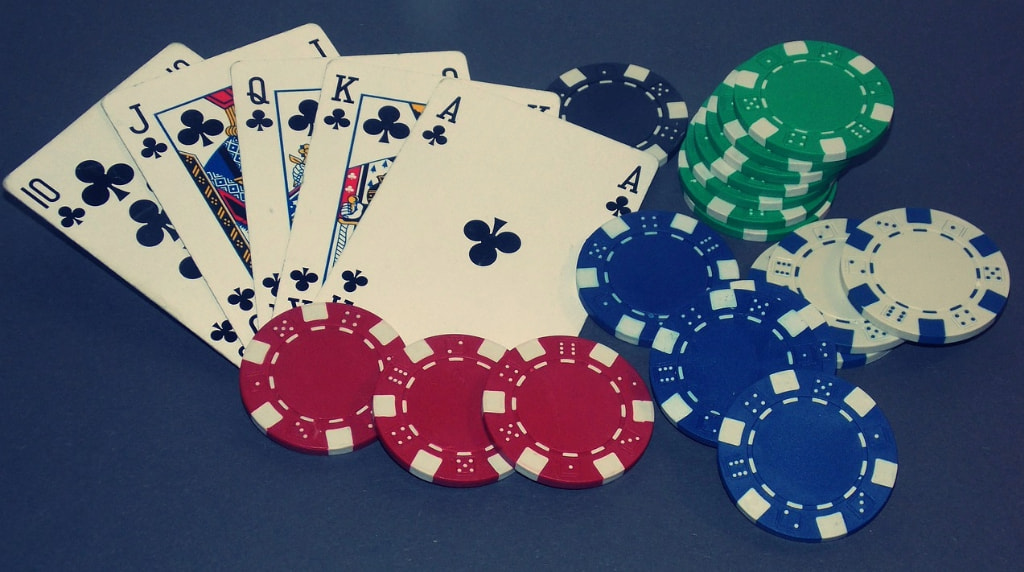
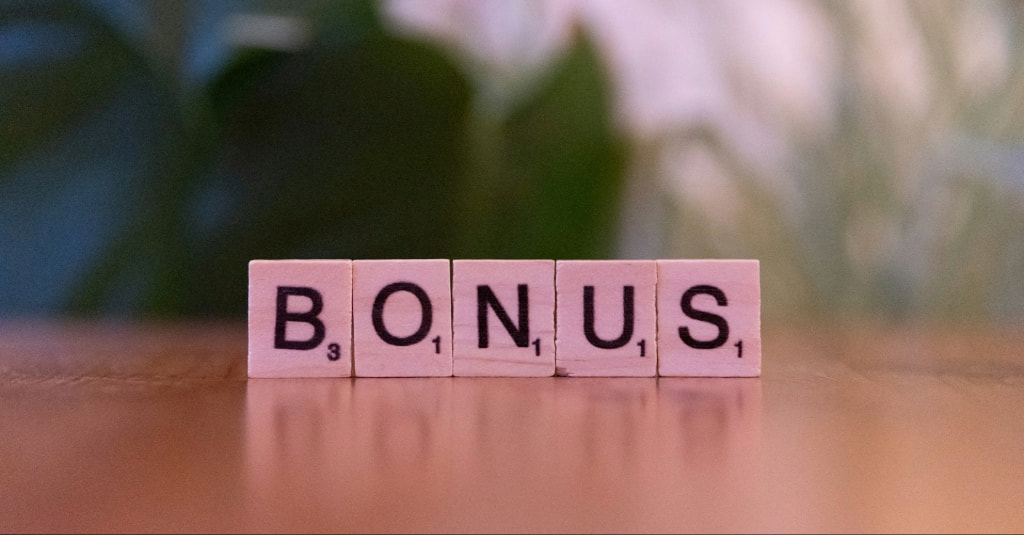 Is There a Catch When Claiming Wager-Free Bonuses?
Is There a Catch When Claiming Wager-Free Bonuses?
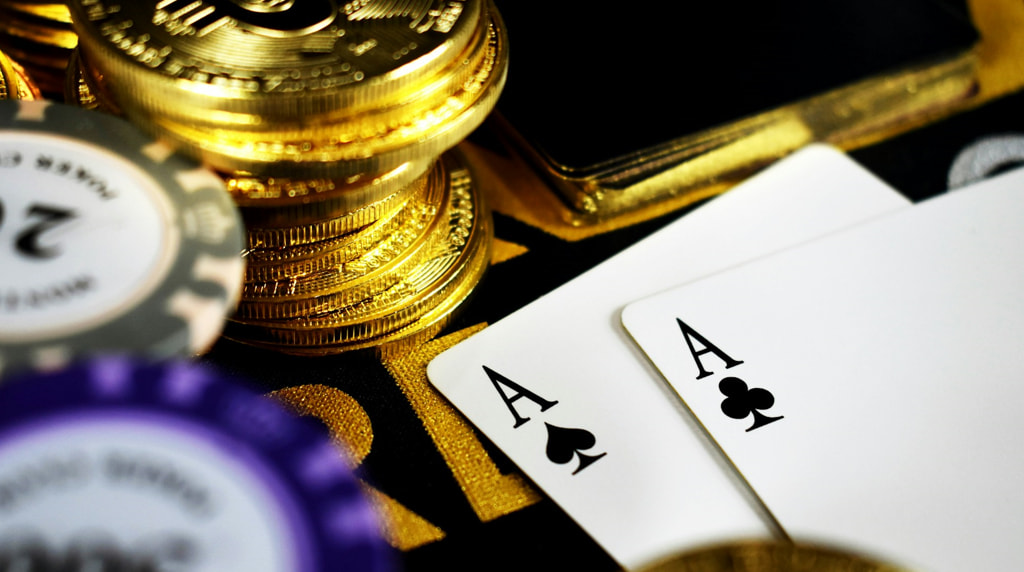 Benefits and Disadvantages of Casino Loyalty Programmes
Benefits and Disadvantages of Casino Loyalty Programmes
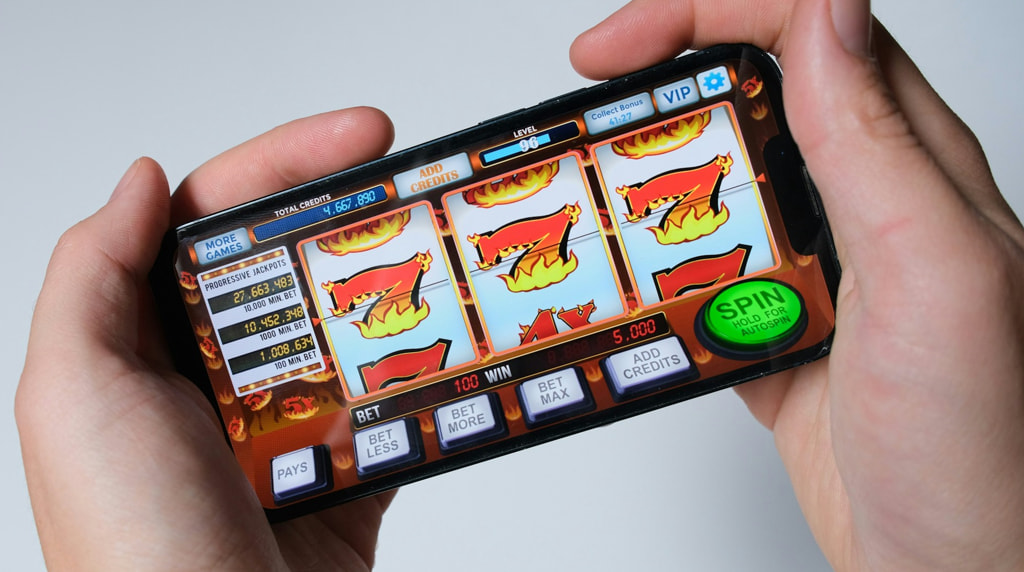 Reasons for Online Slots Being Removed from Casino Sites
Reasons for Online Slots Being Removed from Casino Sites
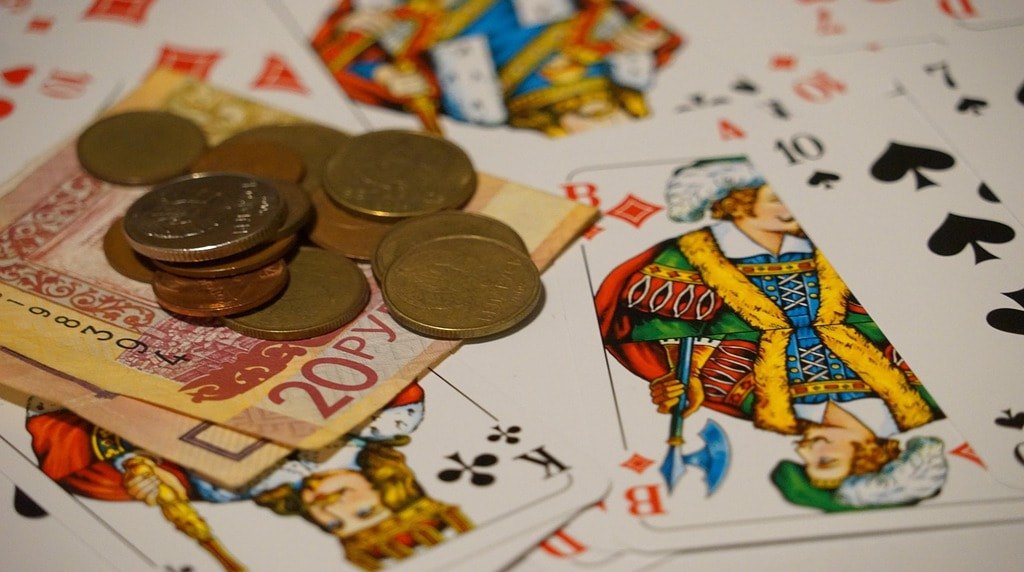 Sticky and Non-Sticky Casino Bonuses Explained
Sticky and Non-Sticky Casino Bonuses Explained